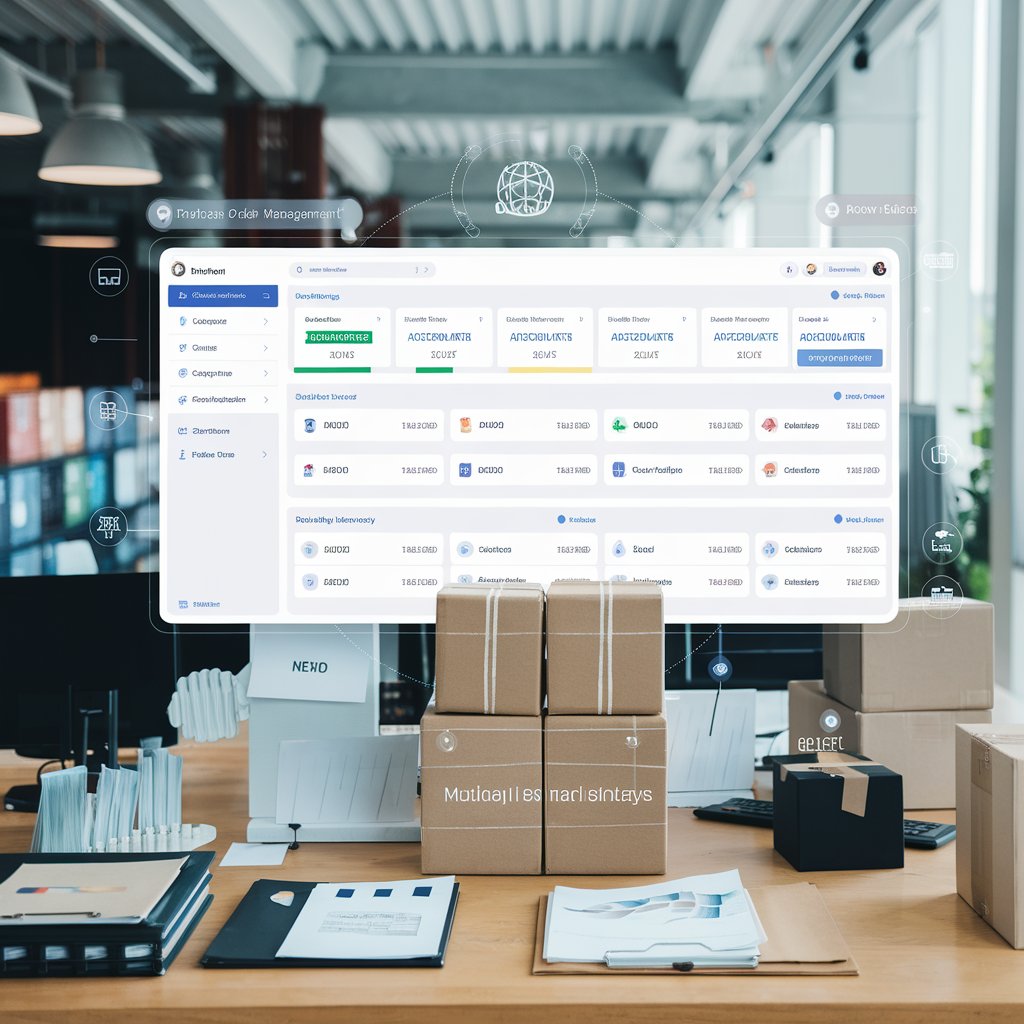Purchase Order Management for Freight Forwarders: Best Practices

🚛 Why Purchase Order Management Matters in Freight Forwarding
In logistics, the purchase order is more than just a procurement document — it’s a central control point for:
- Booking shipments
- Ensuring inventory accuracy
- Meeting delivery deadlines
- Communicating with vendors and clients
When PO data is inaccurate or out of sync, the ripple effects can lead to late shipments, missed pickups, and frustrated customers.

🌟 Best Practices for Managing Purchase Orders Efficiently
Here are the top best practices for freight forwarders looking to streamline their PO workflows:
1. Centralize PO Data in One System
Avoid managing POs across email chains, spreadsheets, and PDFs. Use a centralized digital platform where all purchase orders are visible, editable, and searchable.
💡 Best Practice: Choose software with shared access for clients, vendors, and internal teams.
2. Automate PO Creation and Acknowledgment
Instead of manually creating POs from scratch, use templates or integrations with your ERP or CRM. Automate acknowledgment receipts from suppliers to confirm acceptance.
💡 Best Practice: Look for platforms that auto-generate POs from shipment bookings or quotes.
3. Link POs to Shipments Automatically
Manual matching between POs and cargo leads to delays. Modern tools allow direct linking of POs to shipments, making it easier to track fulfillment progress, exceptions, and delivery status.
💡 Best Practice: Use rules-based matching or drag-and-drop linking to speed up operations.
4. Set Automated Alerts for Delays or Discrepancies
One missed update can mean a missed shipment. PO management software should offer real-time notifications when something goes off track — such as quantity mismatches, missing docs, or delayed ETAs.
💡 Best Practice: Configure alerts for priority shipments or VIP customers.
5. Enable Vendor and Client Collaboration
Make PO workflows visible not just to your team, but also to your partners. Shared dashboards help avoid confusion and cut down on back-and-forth emails.
💡 Best Practice: Allow suppliers to update PO statuses directly in the platform.
6. Use Analytics to Improve Purchasing Decisions
Tracking PO history lets you see trends: frequent delays, supplier reliability, overages or shortages. Analytics tools built into PO software can turn data into smarter decisions.
💡 Best Practice: Review PO performance monthly to optimize future purchasing and shipping cycles.

🧠 What Is Purchase Order Management Software?
Purchase order management software helps freight forwarders:
✅ Track every PO in real time
✅ Coordinate with suppliers and vendors
✅ Automate status updates and alerts
✅ Link POs to shipments, invoices, and delivery records
✅ Reduce manual entry errors and duplicated efforts
The result? More control, less chaos, and better service for your customers.
🚀 Bonus: The Power of Automation
If you’re still handling POs manually, you’re not just wasting time — you’re missing out on automation that can:
- Auto-match POs with inventory and shipments
- Flag discrepancies instantly
- Generate documents like invoices and shipping labels
- Reduce human error by up to 80%
Logistics-forward platforms make this automation simple, especially when integrated with your freight, warehousing, or accounting systems.

🧾 Final Thoughts
Purchase order management software is no longer a luxury — it’s a necessity for modern freight forwarders who want to scale operations, reduce errors, and offer better visibility to clients.
By following these best practices and choosing the right tools, you’ll turn your PO process from a bottleneck into a growth engine. 📈
